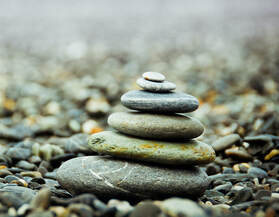 Photo by Johnson Wang at Unsplash.com.
Photo by Johnson Wang at Unsplash.com. Stacking is used during tournament play to exploit a team's strength and minimize its weakness. The technique increases the number of times a person plays on the right (even) or left (odd) side of the court.
According to the rules, the non-serving partner or the receiver's partner may stand in any position (even off the court), as long as they stay on their side of the net. Therefore, both team members may stand inside their service court, and partner of the person receiving the serve may stand outside the court at the time of the serve.
Some examples may help explain how and why stacking works, and why you might want to try it.
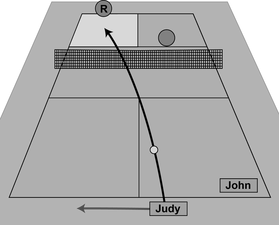
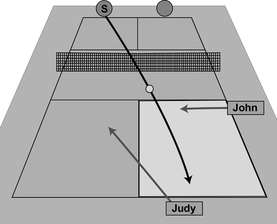
If you understand what stacking is and how your team (and your opponents) can use it, you'll have an advantage over those who don't.
Happy stacking!

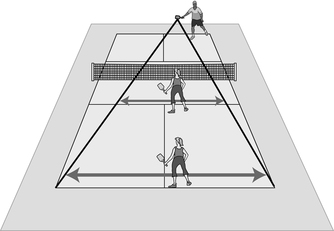
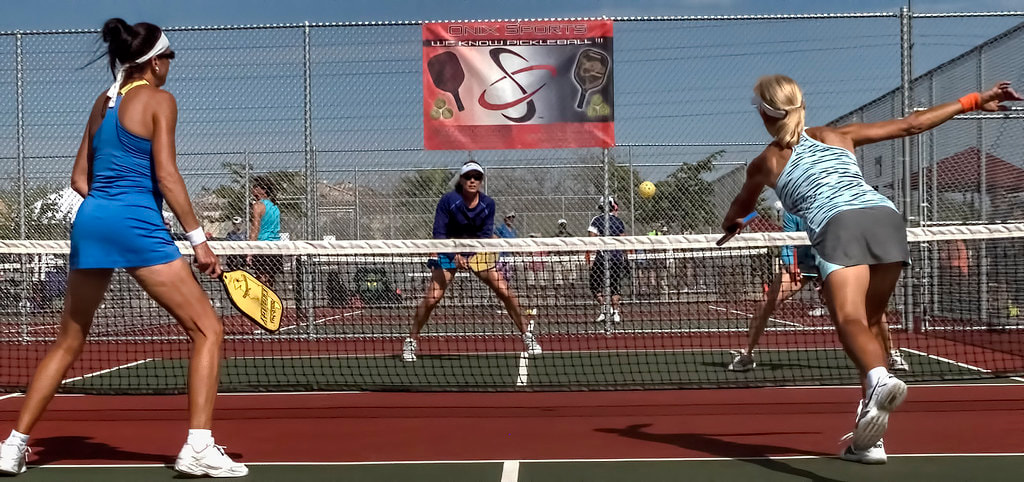
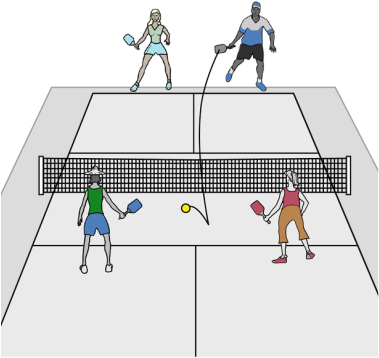
 RSS Feed
RSS Feed